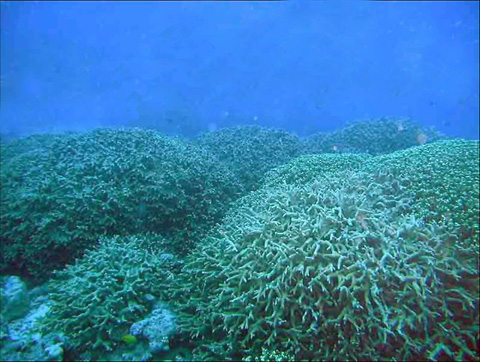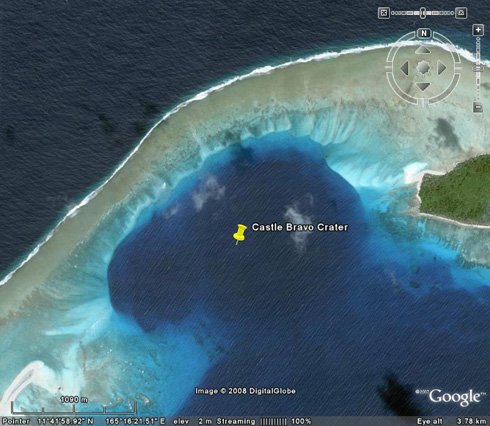Note added in proof: I see that Andrew has written eloquently on a similar theme, and is also hosting the latest Accretionary Wedge, which collects other geoblogospheric thoughts on Earth Day.
So, today is Earth Day. Whilst I’m never going to be completely opposed to attempts to get people to think more about their impact on our planet, and how we might do something to minimise it, it seems to me that focussing on today as a singular event is missing the point. If it’s to mean anything, this shouldn’t be the one day in the year when people “do something” for the environment; it should be the day when everyone reaffirms their commitment to do something every other day of the year, too.
As I commmented once on ye olde blog (you’ll need to head to the bottom), one of the problems with modern society is that the more environmentally sound choice is almost never the easiest, or the cheapest, or the most convenient, and hence our good intentions run into the plain fact that no-one can be bothered all of the time. I know that I don’t always switch off lights when I leave a room, or make sure I’m not overfilling a kettle, and I can hardly claim that I don’t know better. Sometimes, I’ll even feel a small pang of guilt when I realise that I’m taking the path more damaging, but this isn’t always enough to stay my hand. The problem is so vast, and in many ways so distantly related to our day-to-day life, that its hard to face environmental issues with any sense of personal urgency.
It’s certainly true that our individual impact on pollution or greenhouse gas emissions is very small on its own. But the fact that we do face serious environmental problems attests to the fact that when you multiply an action by five or six billion people, it can have a substantial effect on the world around us. But again, that’s a fairly abstract call to arms. It seems that we’re missing is a sense of connection with the planet, to make it’s welfare matter a bit more to us personally. And, I realise, I have felt such a connection many times before:
These are just a few of a store of precious memories which I have called upon many times to calm me when I’m stressed or flustered, to lift me when I’m feeling depressed, or simply to remind me why I love my job when I find myself uninspired. But maybe I should give them a bit of unselfish work to do as well. In a certain sense, these experiences are gifts to me from the Earth, and they have enriched, and continue to enrich, my life in countless ways. Next time I’m tempted to drive rather than walk to the end of the street, or get the elevator rather than take the stairs, or forgo the trip to the bottle bank, I should remember what the Earth has given me, and let my gratitude inspire me to give something back. Perhaps you have some recollections which will help you do the same.






Nice plan for content warnings on Mastodon and the Fediverse. Now you need a Mastodon/Fediverse button on this blog.